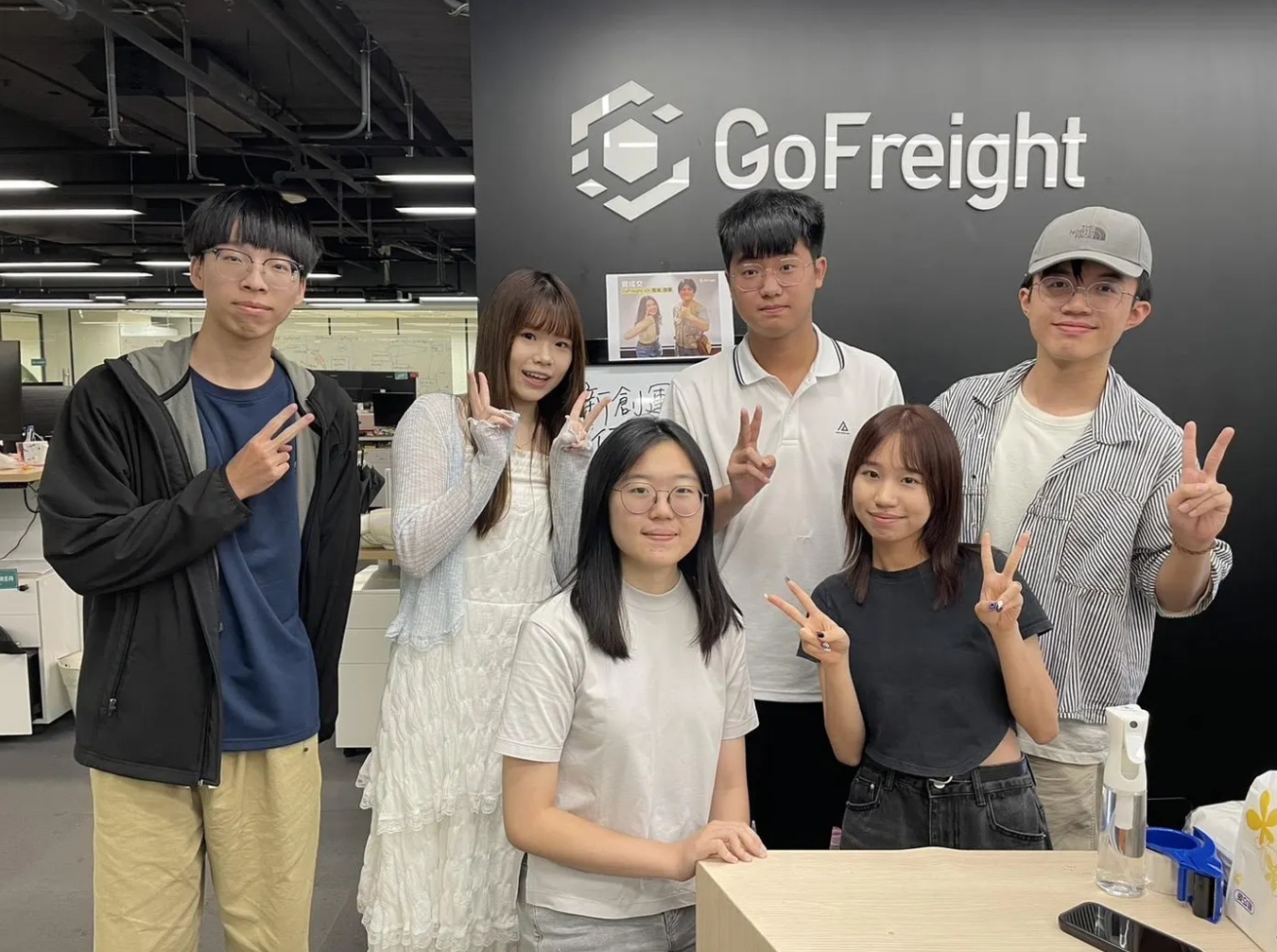It was a Friday evening in Taipei. After a day of rain, the sunset through the office windows looked especially radiant. As usual, I rinsed my coffee mug in the pantry before heading out for dinner. Near the door, I ran into Shannon, one of our interns. She told me it was her final week at the company before returning to school.
Since it might be our last chance to meet, we exchanged contact information. On her Instagram profile, I noticed that her bio link was set to gofreight.com. Curious, I asked:
“Wait, did you design that intro page for the company? Otherwise, why would you put the company site as your bio link?”
She laughed and replied: "I just love this company so much!”
That simple answer—loving this company so much—perfectly captured my own feelings over the past half year. My family and friends would tease me: “How can you be so devoted to a job that only pays hourly wages?” But it was exactly that devotion that made these six months joyful, meaningful, and rewarding.
I. About Me
Hi, this is Ze-Ting (Neil) Lu, soon to be a “graduate” from GoFreight’s SDET internship program. After my sophomore year at Duke, where I double major in ECE and CS, I decided to take a gap year. I first interned at a major research institute in Hsinchu, then served my mandatory military service in Pingtung, and finally joined GoFreight in February 2025.
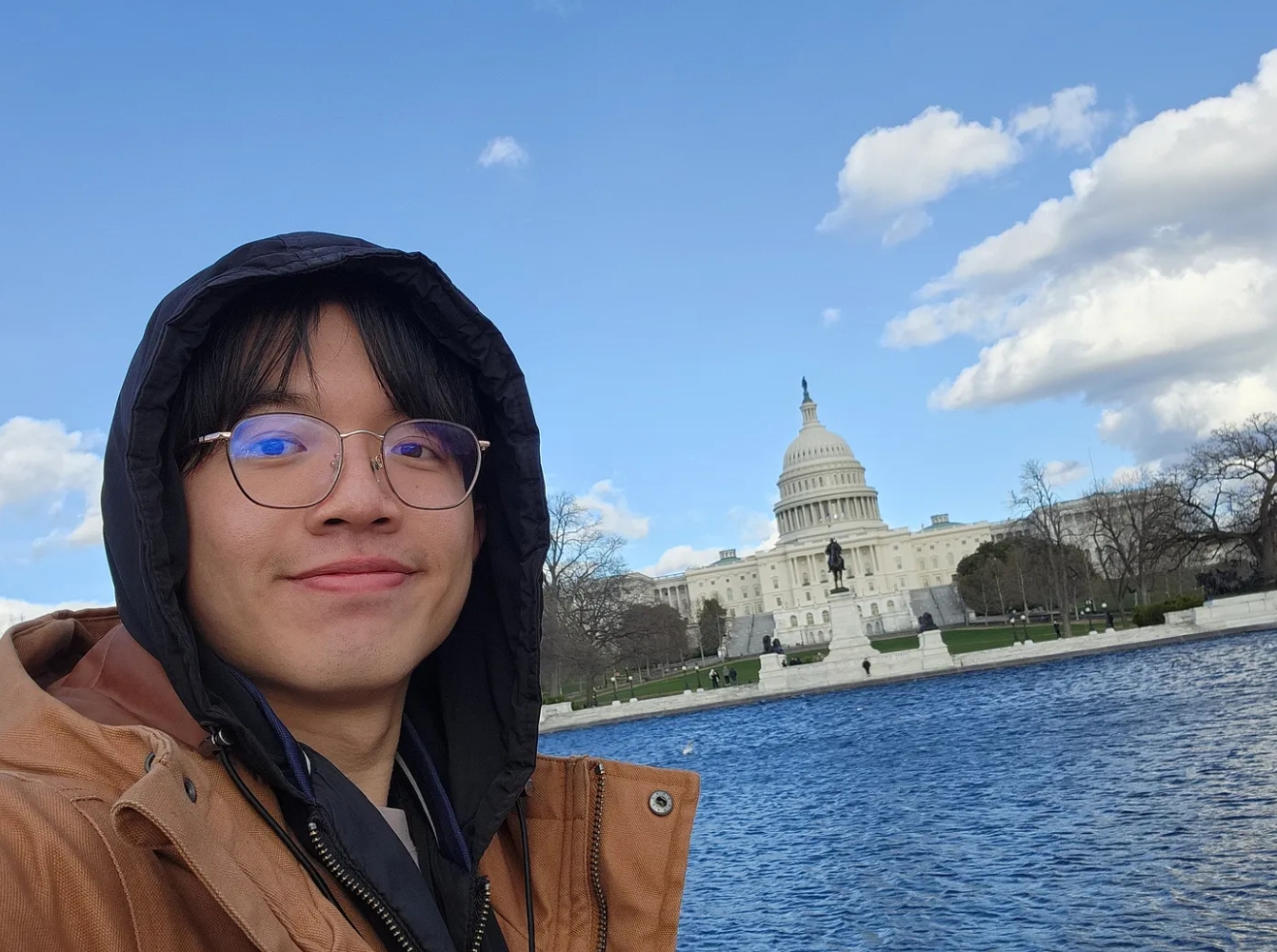
Taking a year off wasn’t a spur-of-the-moment decision at a party. It was my way of giving myself time to think about what I really wanted. In a world shaped by geopolitical risks and where AI threatens to replace half the software workforce, taking a year to gain experience, finish military service, spend time with family, and complete life’s to-dos—like learning to drive—felt like the right move.
And I’m especially grateful to GoFreight for giving me clarity about my goals and the kind of life I want to pursue.
II. What Does an SDET Intern Do?
SDET stands for Software Development Engineer in Test. At GoFreight, my role focused on automated testing. With new features constantly being rolled out and old ones continuously optimized, testing is absolutely critical to the company.
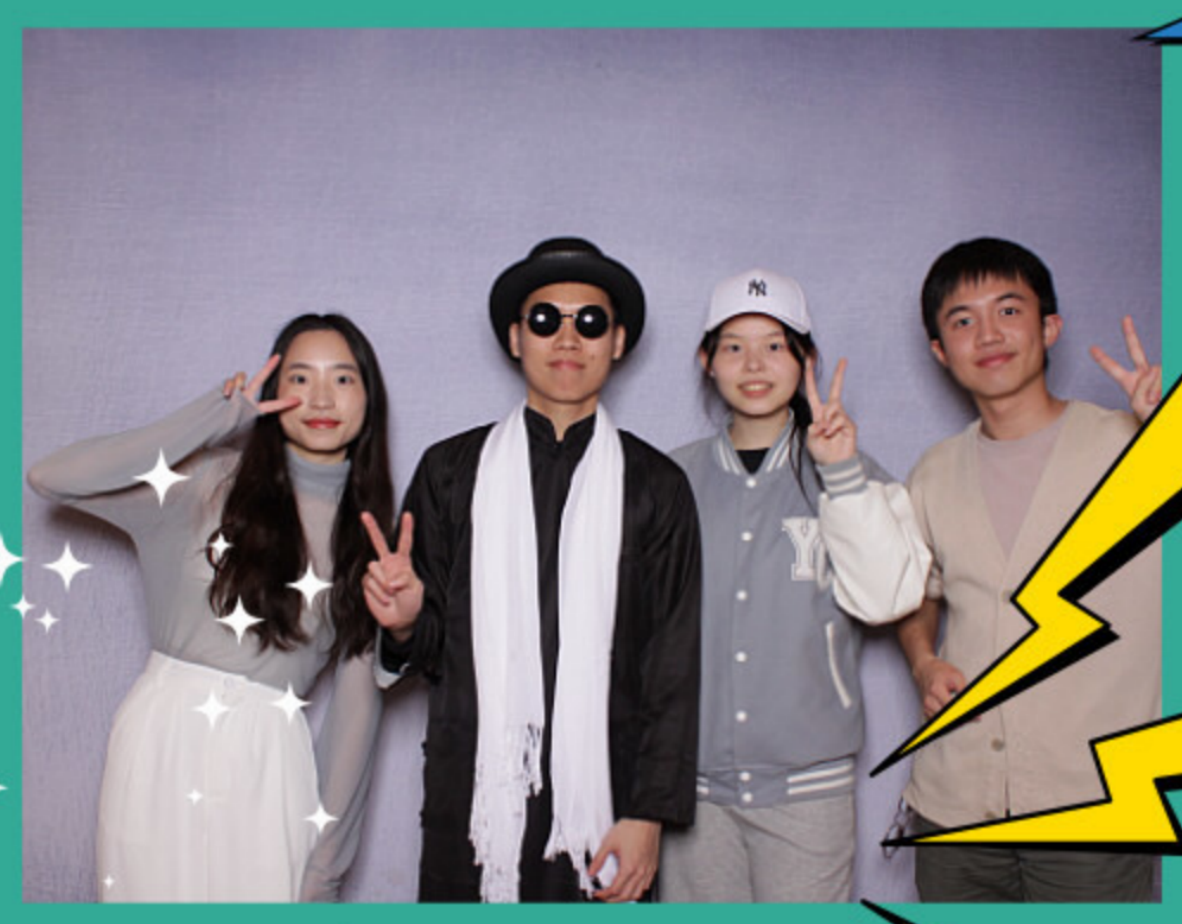
Because GoFreight’s product is highly flexible—different users have different workflows, permissions, and configurations—our test system is complex. As interns, we didn’t just manage and create test cases; we also worked with the underlying systems themselves. Along the way, I used Python, Docker, GitHub Actions Workflows, and shell scripting.
By May, my work became even more exciting. Our team decided to build a brand-new testing framework. Moving away from the long-standing Selenium system in Python, we started developing a more stable, intuitive, and maintainable platform using Playwright in TypeScript.
At the same time, my seniors encouraged me to explore how LLMs could reshape the testing process. I experimented with CLI tools, crafted prompts for Claude and Copilot, and explored how AI could support our workflows. In just a couple of months, I helped design how AI could integrate into our new testing system.
This project gave me the rare chance to build a workflow from scratch: from team communication with QA and SDET leads, to technical tasks like containerized CI pipelines, PR review processes, Allure Report integrations, and Slack notifications.
III. Dreamers at a Dream Company
Of course, technical and soft skills are important. But the biggest lesson from these six months wasn’t just about skills—it was about finding joy and meaning in work.
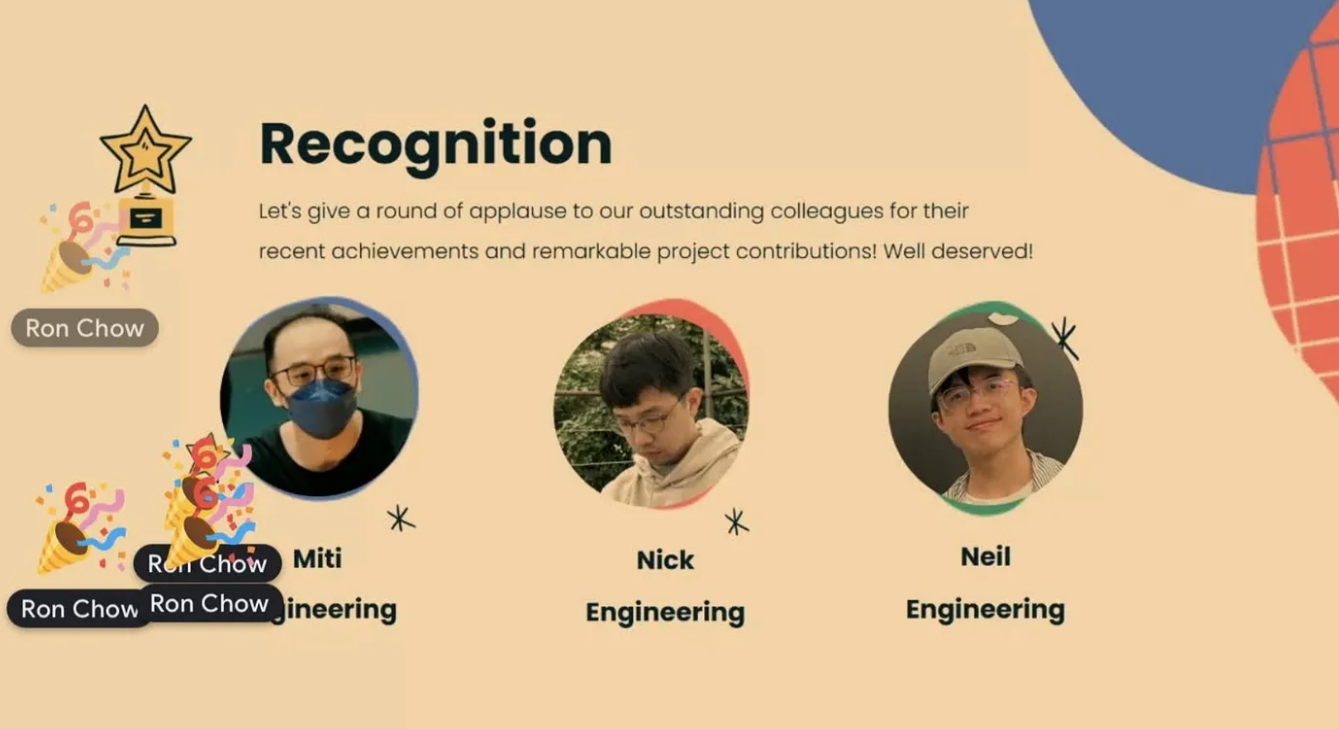
After a global all-hands meeting, I joined other interns and teammates for lunch. There, I met Hank, a former intern who had returned as a full-time employee. We asked him why he came back to GoFreight. His answer stayed with me:
“Because I want to prove that Taiwan can have great software companies.”
Not every company makes every employee happy, but at GoFreight, I could see and feel the momentum. I realized I’m the kind of person who needs to believe in the value and impact of my work to be happy, and GoFreight gave me exactly that. Maybe I’m just destined to belong in startups.
IV. Riding the AI Wave
Over the past couple of years, my classmates and I have debated endlessly about AI’s impact on software. For international students like me in the U.S., if AI replaces even 20% of software engineers, the chance of staying after graduation shrinks dramatically.
Our common strategy? Learn to ride the wave—learn to use AI, integrate AI, and build AI systems.
Sometimes, it feels exhausting. We’re always reading new papers, following the latest tools, and running experiments. My family used to warn me: “In software, you need to make the most of your years before 30. After that, you won’t learn as fast anymore.” That only pushed me to pack as much knowledge and experience as possible into these early years.
At a previous job, I saw engineers in their forties spending eight hours a day on tasks that should’ve taken two. Their eyes dulled by endless meetings, their passion gone. It was disheartening.
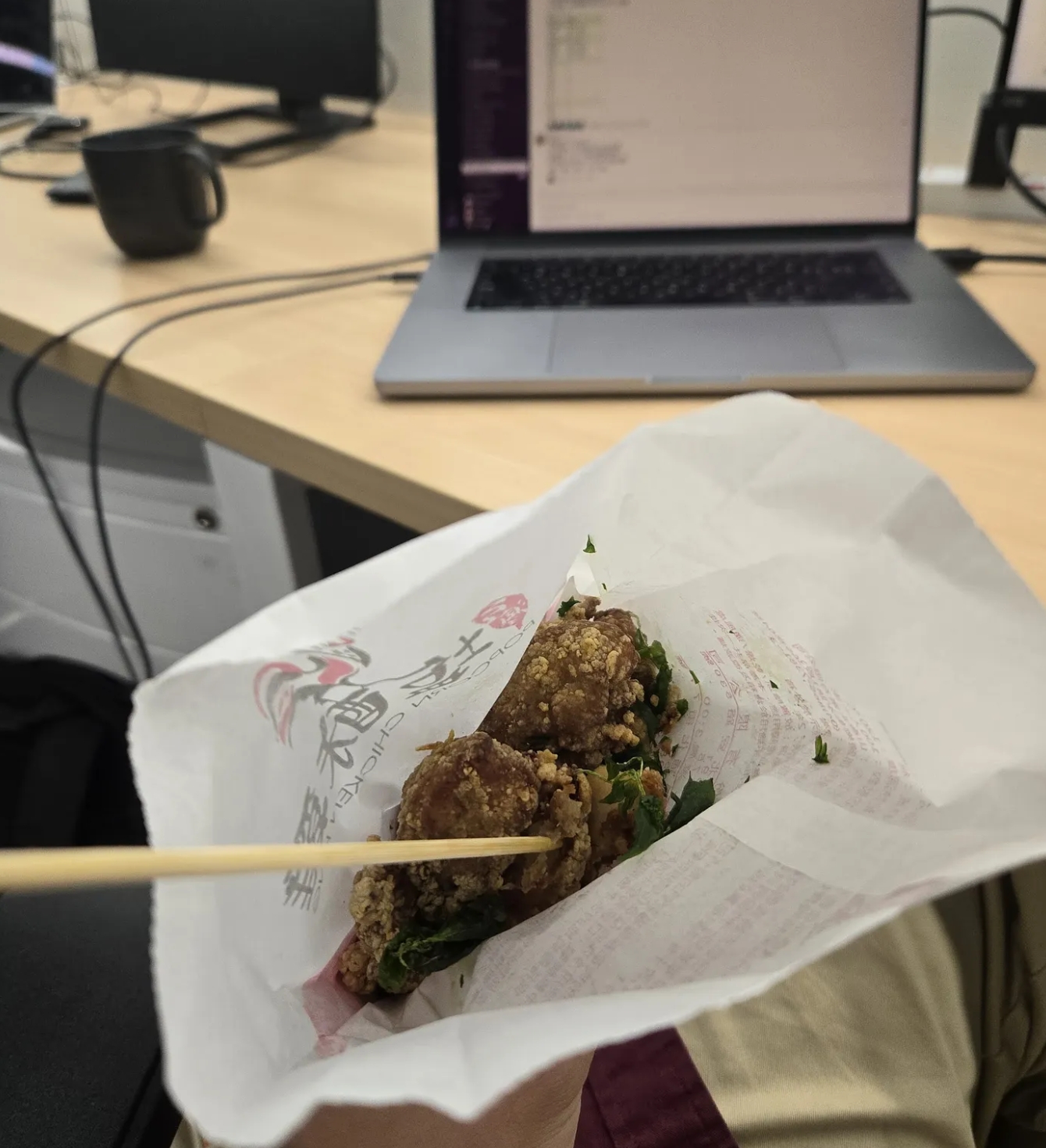
But at GoFreight, my seniors shattered that image. The Slack AI channel buzzed with tool-sharing. Bi-weekly RD Sharing sessions showcased side projects and experiments with LLMs. Colleagues debated which models worked best for which tasks, and the company began embedding AI directly into its products.
Watching veterans with 10–20 years of experience combine their wisdom with the newest tools was inspiring. Their vision of the future gave me confidence. And more importantly, it made me think: If they can do it, so can I.
V. Becoming Whole
In July, I joined the company at a startup sports day at Taipei Arena. Eight startups competed in basketball, volleyball, and more. Watching engineers in their thirties and forties outperform me on the court was both humbling and hilarious.
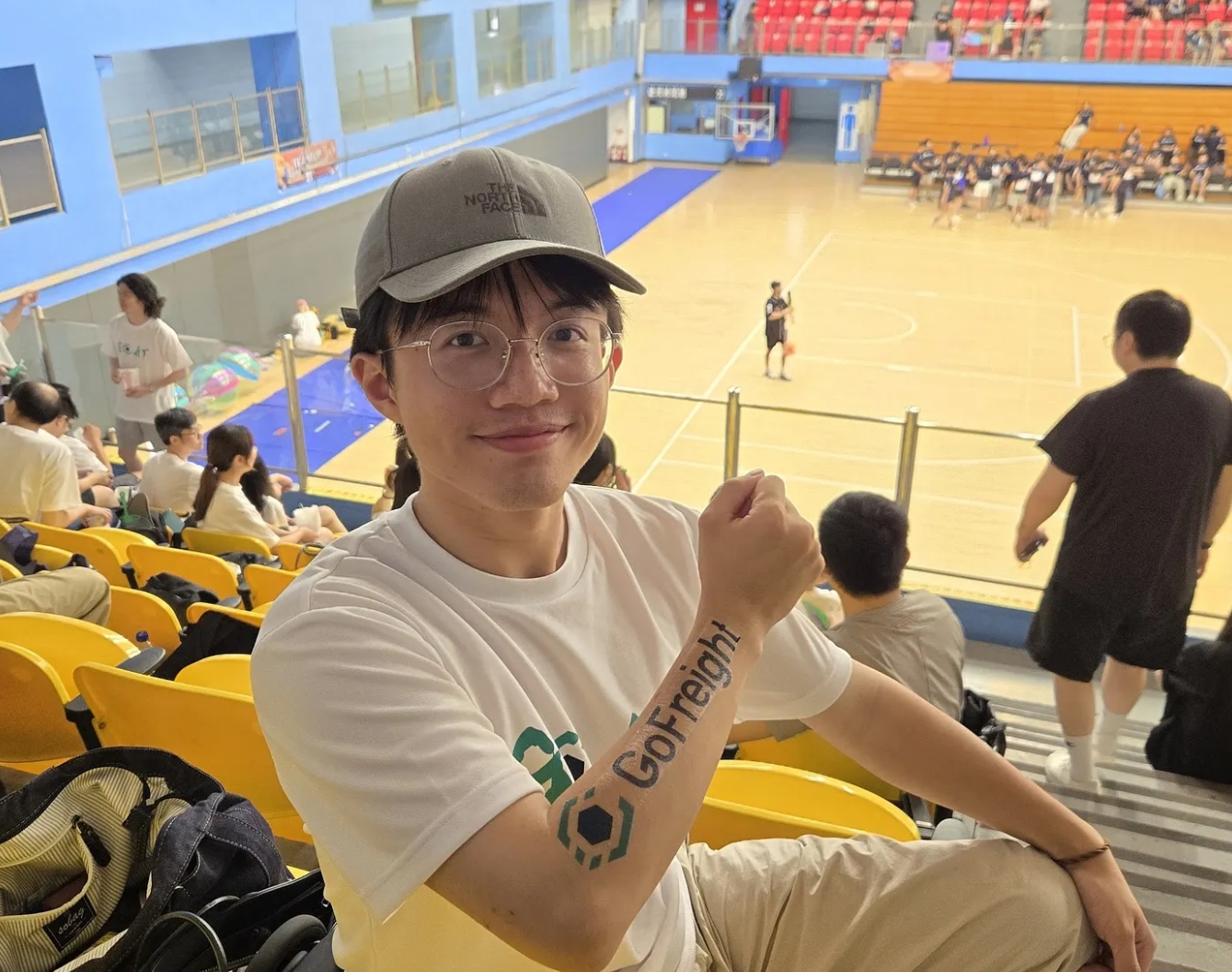
I had been jogging every week, yet many of them clearly looked fitter than me. Some even brought their kids to cheer them on, radiating some health and happiness that are not stereotypically associated with nerdy engineers.
It made me reflect: I should invest more time in my own health and relationships. AI systems may shape our future, but what really matters are family, health, and balance. Yes—we can become whole people.
VI. Lessons and Gratitude
In these six months, colleagues—whether managers or interns—accompanied me on a journey from uncertainty about the future to confidence in facing any challenge.
Yes, the future is uncertain. Next year, I don’t even know which country I’ll be in. Will software jobs be halved by AI? No one knows. But GoFreight gave me mornings I could wake up smiling, and friends and mentors who inspired me.
The industry is moving fast, but I now believe my ability to learn can keep up. That naïve confidence—if even I can’t keep up, no one can—is what I carry forward.
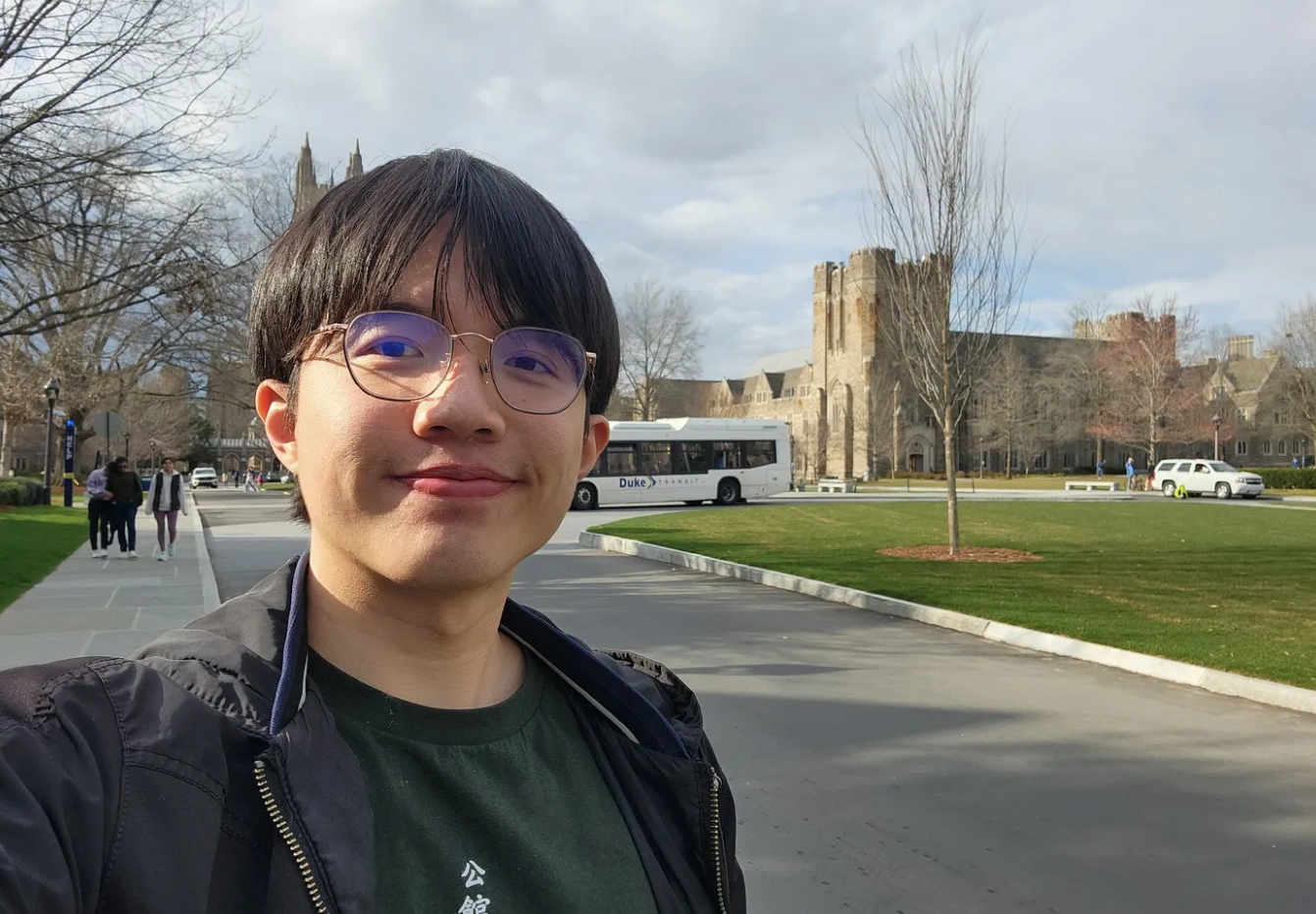
Life doesn’t need a sharp line between work and personal time, but I’ve learned that health and loved ones must never be neglected.
Finally, I want to thank the countless people who shaped this internship into the happiest and most rewarding of my three so far. Special thanks to my manager, Miti, who still spent half an hour debugging with me even when deadlines loomed.
And, of course, thanks to the me who once clicked “apply” on that job posting.
Snapshots from My Internship
March Spring Banquet: My manager won a big cash prize and treated us interns to Ruth’s Chris Steak House. What kind of paradise company is this?
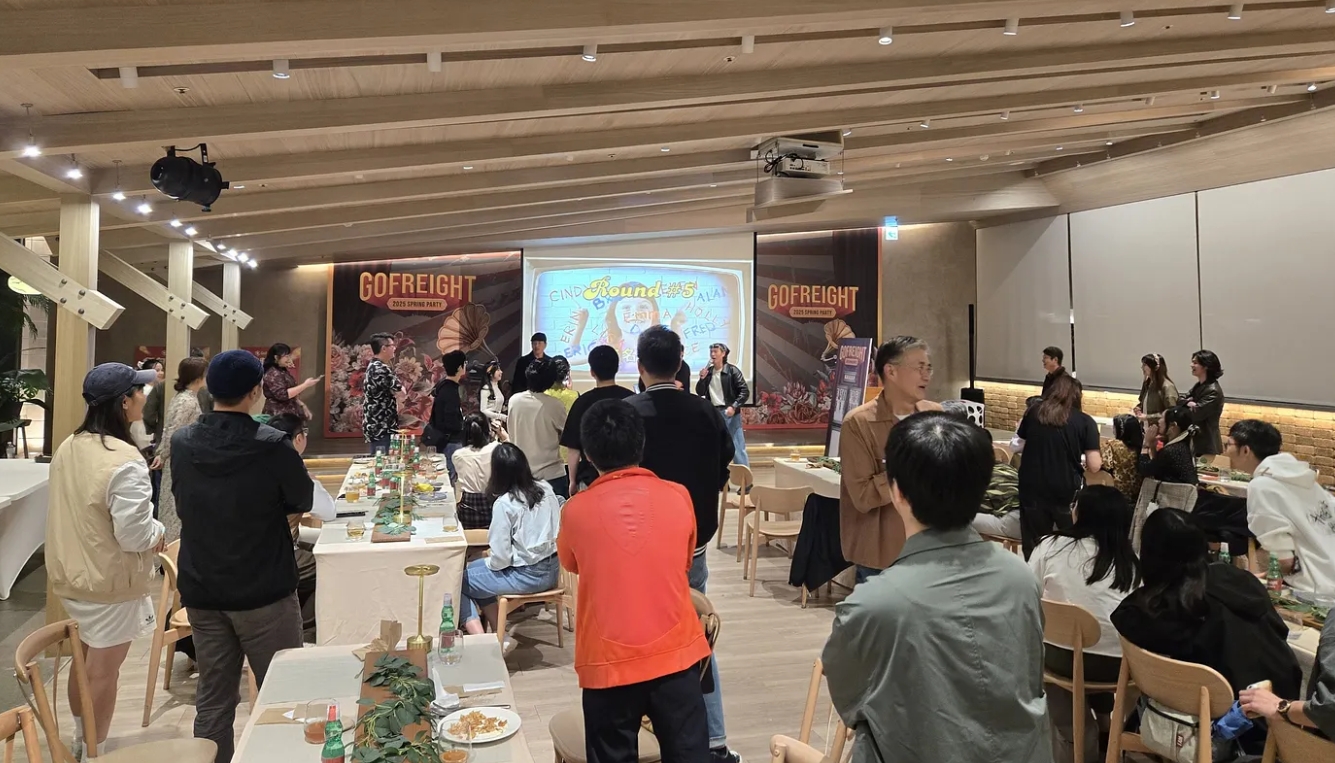
Teambuilding in July: We visited a cyberspace-themed escape room.
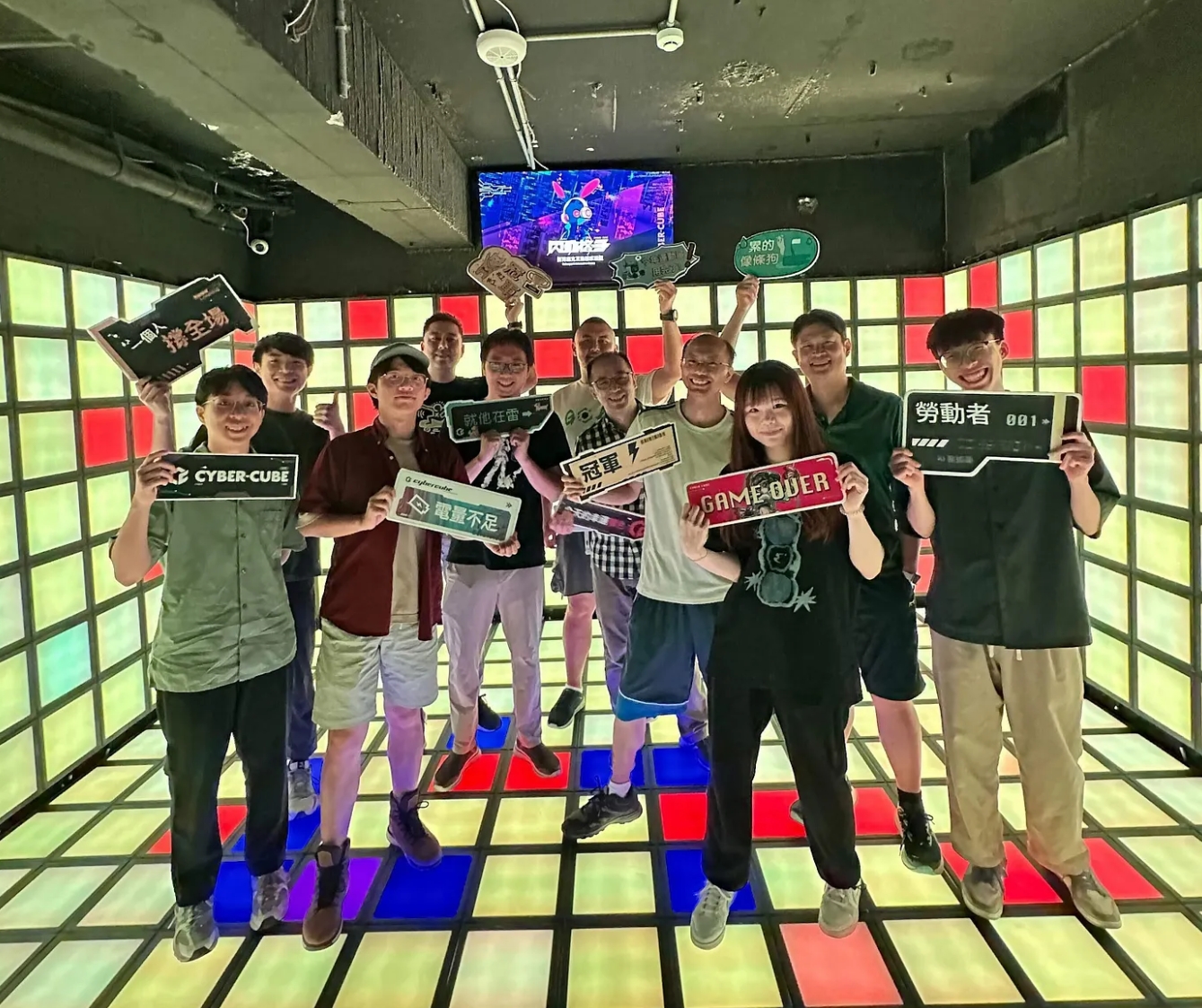
Weekend Picnics: Fellow interns and I went up Yangmingshan and did a picknic together.
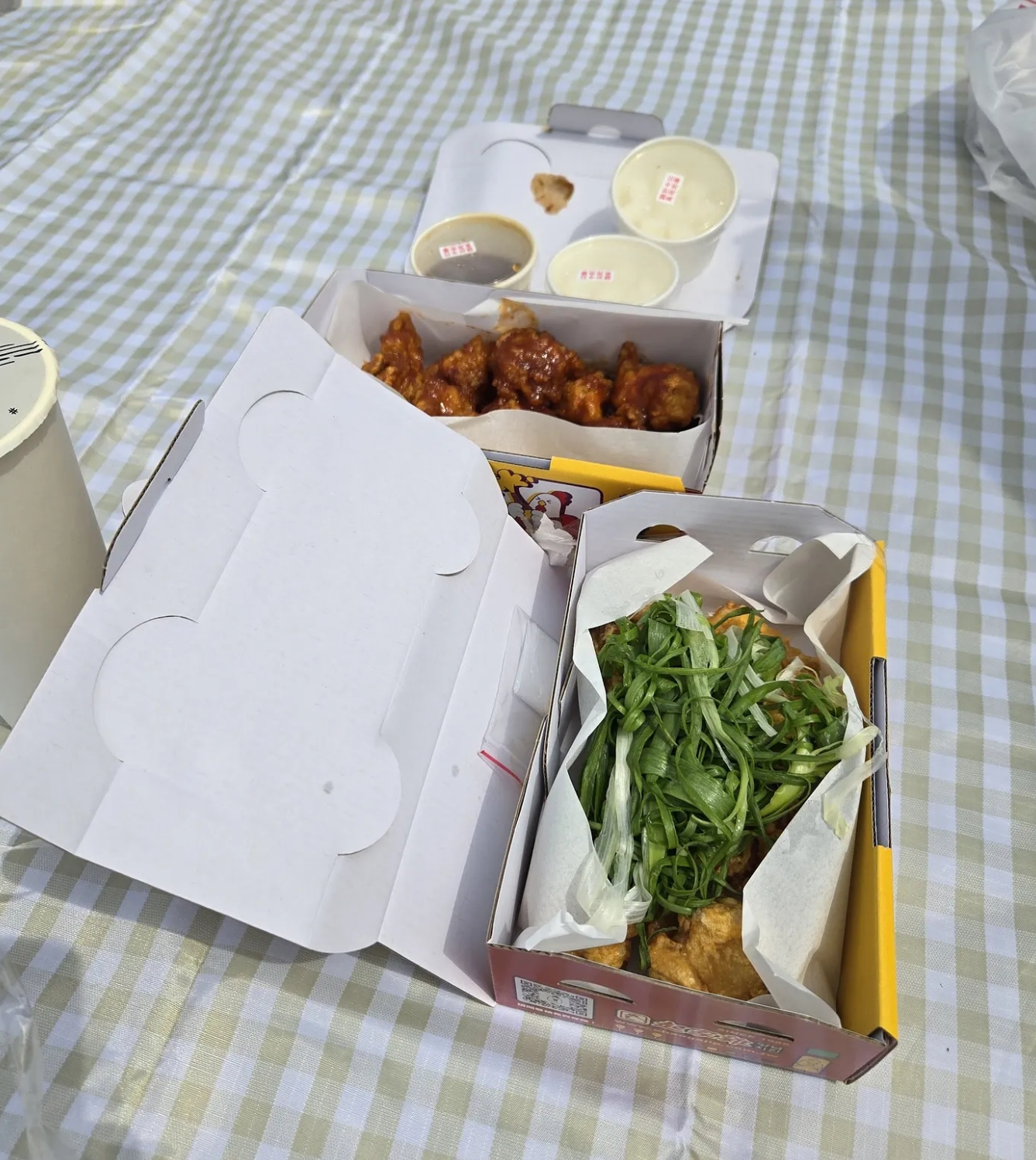
Along the way, I found not just technical growth, but also friendships, laughter, and a deep sense of belonging.
